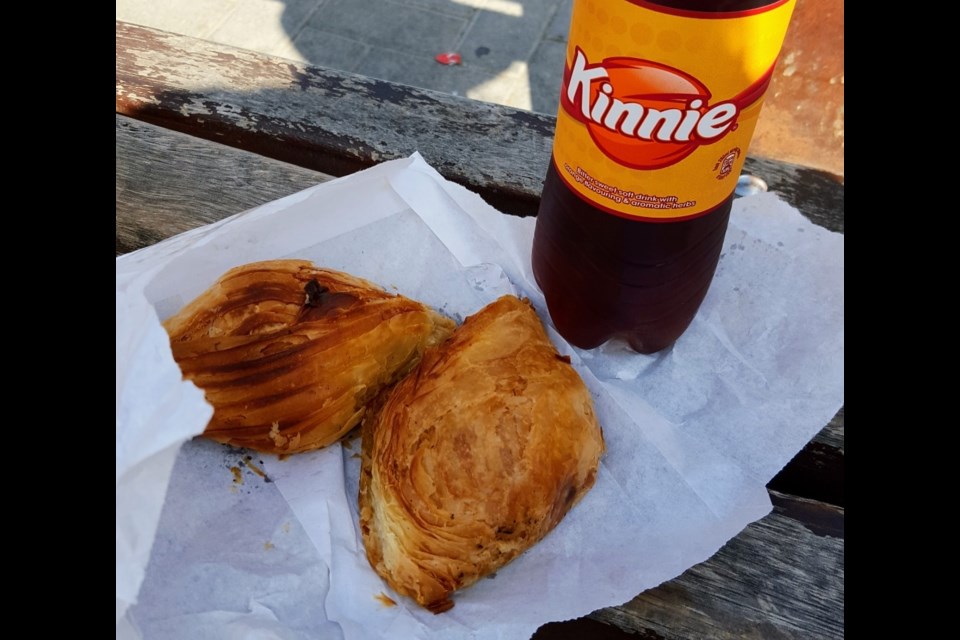I have just returned from the Maltese Archipelago. Although they are only 90 kilometers from the southernmost shore of Sicily, the cuisine is a remarkable blend of all the food cultures of previous rulers and settlers, not just their Sicilian neighbours.
Along with the Romans, the Moors, the French, the Knights of St. John, the Arabs and the British, they all left remnants of their food culture on the island, which makes up the diverse food culture that remains there today.
This means thanks to the British, a lampuki pie, filled with a fish similar to mahi mahi, can be found there. A Timpana (like the Italian Timpano), a baked pasta dish with ground meat, tomato sauce and cheese, can also be enjoyed, thanks to the Romans. The Arabs brought spices, citrus, dates and flaky pastries. Maltese coffee is a wonderful example of the Arabic influence with the aniseed and cloves infused right into the brewing method. And don’t forget the delicious fried, date dessert, Mqaret, the Arabs also left behind.
The island’s national dish is known as “stuffat tal-fenek” or rabbit stew. This dish is often a prized family recipe, passed down through the generations and enjoyed at family celebrations. Although rabbits are not native to the Maltese islands, they have thrived there for over three thousand years. At one point the Knights of St. John banned the hunting of rabbits, so the consumption moved underground, and this contributed to the dish being a luxury that was sought after and a prized dish for special occasions.
Street Food
I would define street food as snack food or a quick bite that is easy to grab and go. It usually has some regional significance and Malta has the perfect street food that meets all these requirements.
Pastizzi are little savoury, hand pies with different fillings. The pastry is a Greek phyllo-like pastry and the two most popular fillings are either fresh ricotta or mashed peas with curry.
The flaky pastry is rolled out and the cheese filling is added and then folded down the middle to differentiate it from the mashed peas variety. The mashed peas variety is folded down the side. They are baked in a wood-fired oven in a pastizzeria. A pastizzeria is a local, family run, neighbourhood shop that specializes in these delicious delicacies.
These shops are open around the clock and during the day they are often where you will find the neighbourhood elders looking for camaraderie and a snack, along with the workers on coffee break. Late afternoon the crowd becomes younger with students looking for an after school snack or office workers on their way home. Many will enjoy a kinnie; a bittersweet, citrus soda alongside their pastizzi.
There is not much written about the history of the pastizzi although the ricotta filling is likely via the Sicilians and the mashed peas via the British. We do know that they have been enjoyed throughout the islands for an exceptionally long time as the most famous pastizzeria, The Crystal Palace Tea and Coffee Bar, is over 100 years old. Located in Rabat, it has been in the same location the entire time.
I am happy to tell you that since I have returned from Malta, I have picked up some frozen, ready to bake and serve, traditional pastizzi from Guelph’s Dominic’s No Frills store located at 35 Harvard Road.
The Malta Bake Shop Ltd., since 1978, located in Toronto, is a family run Maltese bakery that produces many Maltese specialties. They produce both the ricotta cheese and the peas varieties of pastizzi. They are made from scratch with no preservatives or additives according to a family recipe. They are shipped frozen for sale across Ontario.
Not that long ago, Toronto had the largest Maltese population outside Malta so it is no surprise that Little Malta in Toronto’s Junction neighbourhood would be supplying us all with our pastizzi fix.


